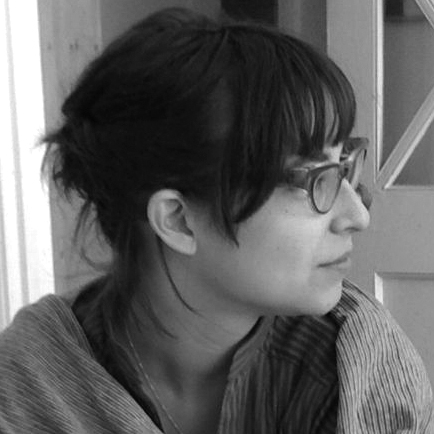Lately the ongoing research into how we remember has been trickling out into popular journalism, and it’s got me thinking about transmedia storytelling.
Back in my grad student days, I taught a section of the freshman Core Curriculum called ‘4D’ (this complimented the other classes in 2D design, 3D design and drawing that were required of all undergraduate art school students). I’ve always thought that this was a neat little way to separate out what other schools had taken to calling ‘New Media’ – a term that any arts administrator should have known better than to call a department that clearly would not be so new the next year and the year after that. We covered a whirlwind introduction to art-forms that used time, primarily: audio, video, and the web.
The media we covered in class are many of the ones that transmedia creators reach for over and over again. It’s not so much of a stretch to classify all transmedia storytelling as ‘4D’ – because narratives unfold. They happen over time. Even when there’s only one medium involved in telling a story – a novel for instance – it still unfolds over the time it takes to read it. Even though the reader is in control of the pace, there’s no way to consume a novel all at once in the way you’d take in a painting or photograph. Because we all tell our stories in the fourth dimension, we also rely closely on another medium: memory. The memories of our audiences are the only places where our narratives exist all at once. Once our stories are there, in the memories of our audience, they are totally out of our control.
Fortunately for us, a whole generation of scientists have been studying how exactly our memories work. And, even more fortunately, they’ve been coming to some pretty amazing conclusions over the last decade that have finally made their way into popular journalism (because I, sadly, don’t have the stamina to read through the first-source research publications). The two main conclusions that have my mind spinning:
1) Experiences are made more prominent (and more difficult to forget) when they’re formed during a surge of adrenaline.
2) Memories aren’t static. The act of recalling actually re-writes a new copy of that memory in place of the old one – like a photocopy of a photocopy of a long lost original document.
Certainly, the first conclusion can be used to support the argument for the shocking over the quiet and reserved. A roller coaster ride is generally more memorable than a stroll in the park – at least until you get beaned by a frisbee. But those events in-and-of-themselves don’t tell a story. Now, link those heart pounding events to a critical narrative element, and you’ve cemented that idea in your audience’s minds more strongly. Think about the moment Jack Woltz, the studio head in The Godfather, finds his horse’s severed head in his bed. It’s shocking. And we remember it, but we also remember that no one gets a pass when they say no to Don Corleone. You could say it’s an extension of ‘show, don’t tell,’ but with scientific research backing it up.
The second point – that remembering is essentially creating a new memory in place of the original memory – means that our audiences are in a constant state of retelling our stories. They are, very literally, becoming the authors of the narratives that we work so hard to craft. At the risk of going all Post Modern on you – the Star Wars that I remember today is not the same as the Star Wars that I remembered last year and certainly not the Star Wars that you remember. Because it is something that I recall relatively often but haven’t re-watched all that recently, my mental image of the film is several ‘photocopies’ distant from the original. I’m not immediately certain what to do with this concept as far as concrete design lessons. It seems ripe for rethinking fan fiction or collaborative storytelling, but also how to approach narratives that are experienced over a long period of time. It’s also a clear reminder that once we put work out in public – it belongs to our audience.
Any other thoughts on how to apply some of this research?
Listen, watch & read:
Radiolab podcast: “Memory and Forgetting”
60 Minutes segment: “A Pill to Forget”
Wired article: The Forgetting Pill

